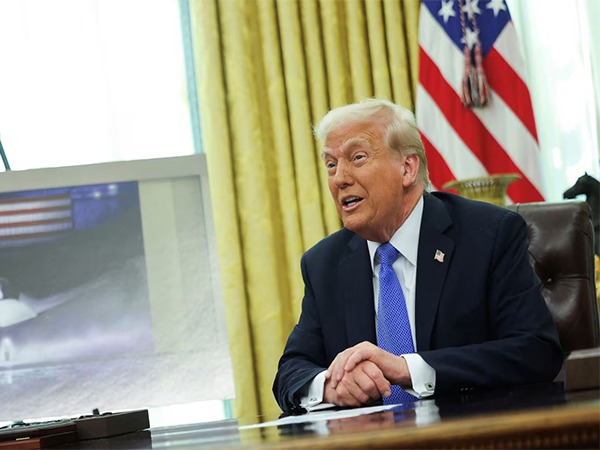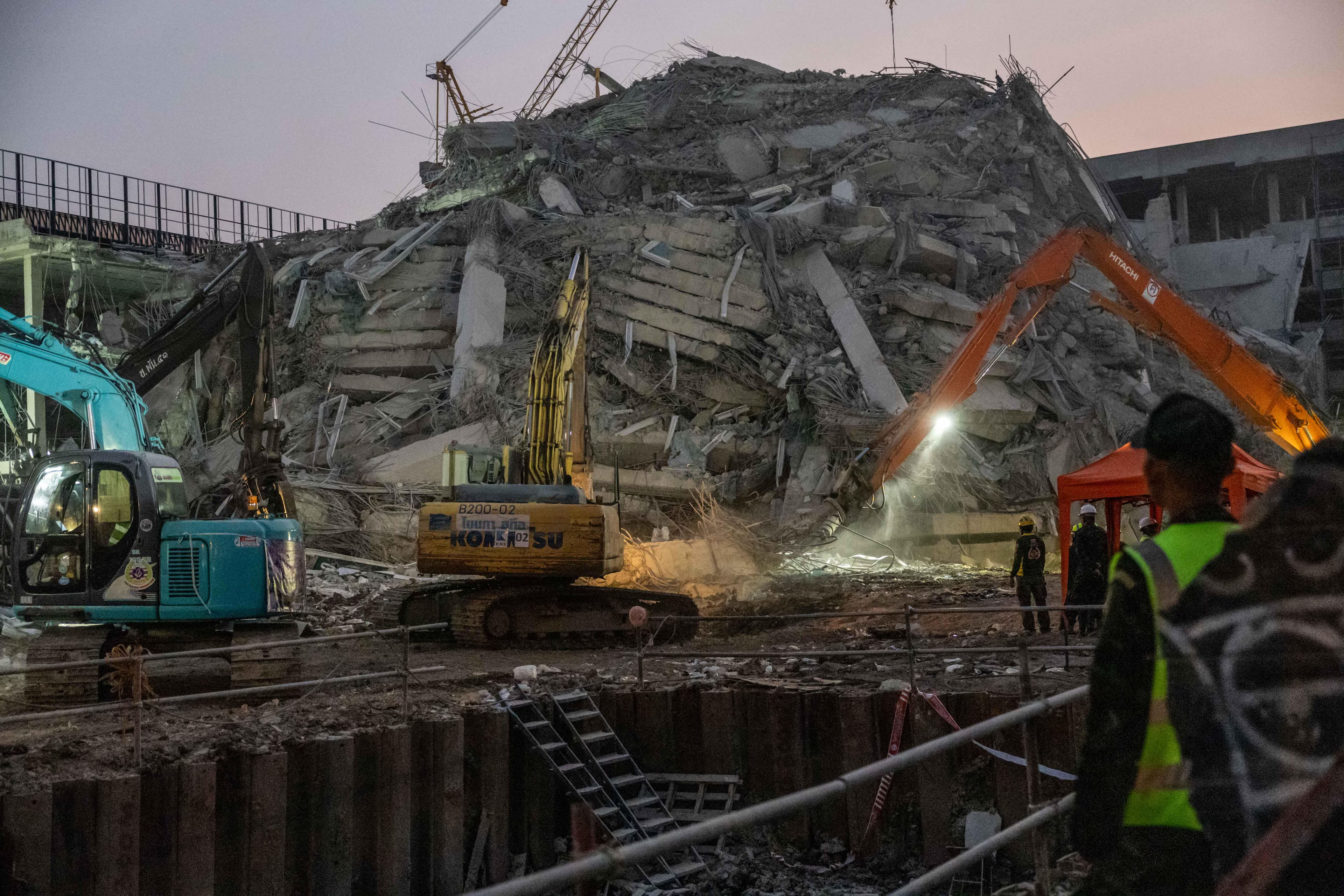Trump Announces Development of F-47, America’s First Sixth-Generation Fighter Jet

US President Donald Trump has introduced the improvement of the subsequent-technology fighter jet, targeted the F-47, marking a giant milestone in American military aviation. The Pentagon, under Trump’s direction, awarded Boeing the contract for what is described as the sector’s maximum superior sixth-technology fighter plane.
During a joint address with Secretary of Defence Pete Hegseth from the Oval Office, Trump highlighted the strategic importance of the F-47 program. “At my direction, the USA Air Force is transferring forward with the sector’s first 6th-generation fighter jet, quantity six, 6th technology, not anything within the global comes even near it, and it is going to be referred to as the F-47,” he said.
Trump emphasised that an experimental model of the plane were secretly tested for nearly five years, proving its superiority over any present fighter jet. “The F-47 can be the most advanced, maximum capable, maximum deadly plane ever constructed,” he introduced.
A New Era in Air Superiority
The development of the F-47 falls beneath the Next Generation Air Dominance (NGAD) program, which targets to supply a fighter jet substantially extra advanced than its predecessor, the F-35 Lightning II. The F-35, developed by Lockheed Martin, has been widely criticized for price overruns and operational challenges. By contrast, the F-forty seven promises to combine modern-day technology, stronger stealth capabilities, and superior maneuverability to maintain U.S. Air superiority.
Boeing’s choice because the prime contractor for the assignment signals a shift in the U.S. military’s defense procurement approach. “After a rigorous and thorough opposition among some of America’s top aerospace groups, the Air Force goes to be awarding the settlement for the following generation air dominance platform to Boeing,” Trump said.
Strategic Advantages and Technological Innovations
The F-47 is predicted to contain latest synthetic intelligence, hypersonic abilities, and subsequent-era weapons systems. Analysts speculate that the aircraft may also feature more desirable electronic struggle abilities, adaptive engines, and drone integration. The U.S. Military has more and more explored the ability of AI-assisted battle, with unmanned aerial cars playing a crucial role in future fight operations.
Tesla and SpaceX CEO Elon Musk has previously voiced his skepticism approximately traditional manned fighter jets, advocating for drone struggle alternatively. “Meanwhile, some idiots are still building manned fighter jets like the F-35,” Musk wrote on social media in November. Despite such criticisms, the F-47 is predicted to mixture manned and unmanned fight abilities, addressing concerns about pilot safety even as preserving battlefield effectiveness.
The Political Implications of the F-47 Designation
Traditionally, the U.S. Air Force pronounces aircraft designations. However, Trump’s direct involvement in naming the F-47 underscores his management’s influence over military selections. Some analysts view this flow as an try and leave an enduring legacy in defense coverage. The designation “F-47” appears to break from traditional naming patterns, fueling speculation about its symbolic importance.
Challenges and Future Outlook
While the assertion of the F-47 has generated excitement, numerous several challenges remain. The U.S. Department of Defense have to make sure this system remains on finances and avoids the pitfalls that plagued the F-35. Additionally, questions linger approximately the feasibility of integrating rising technologies inside the projected timeline.
Despite these concerns, the F-47 represents a bold leap forward in America’s defense strategy. If efficiently evolved, it’ll support U.S. Air dominance and counter improvements with the aid of rival international locations, inclusive of China and Russia, in the race for next-era army aviation.
With production set to begin in the coming years, the F-47 may want to redefine aerial fight, ushering in a new technology of army innovation. Whether it lives up to its ambitious claims stays to be visible, but for now, the U.S. Is doubling down on its dedication to maintaining air superiority within the twenty first century.

